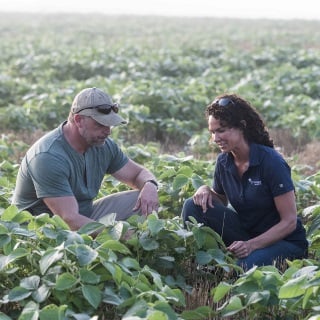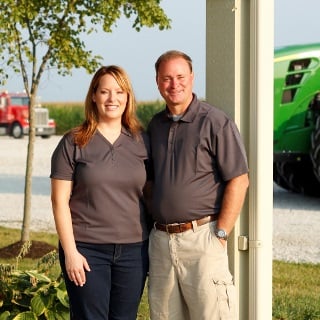At Farm Credit Mid-America, we recommend including the following components in your business plan:
- Operation overview. This is the “elevator pitch” about your farm. Describe the basics of your operation related to your mission and objectives, crops you produce and acreage.
- Ownership summary. Include information about ownership and company structure. With any type of business, different owners bring different expertise. It’s always good to evaluate each owner’s strengths and what he or she brings to the operation.
- Strengths and weaknesses. Identify ways to use your ownership team’s strengths to your advantage and plan for ways to overcome any weaknesses in your operation.
- Sales and marketing strategy. Once you have identified your operation’s strengths, look for opportunities to leverage them to your competitive advantage as you create sales and marketing strategies.
- Financials (budget and balance sheet). This is the most important part of your business plan. Include a budget and a balance sheet that reflects your assets, liabilities and net worth.
- Goals. Research has shown that the simple act of recording goals will increase the likelihood of achieving them.
Write down both short- and long-term goals, such as purchasing a new combine or paying down debt. Your goals should be SMART (Specific, Measurable, Achievable, Realistic, and Timebound). Remember to involve all owners in identifying and setting goals.






